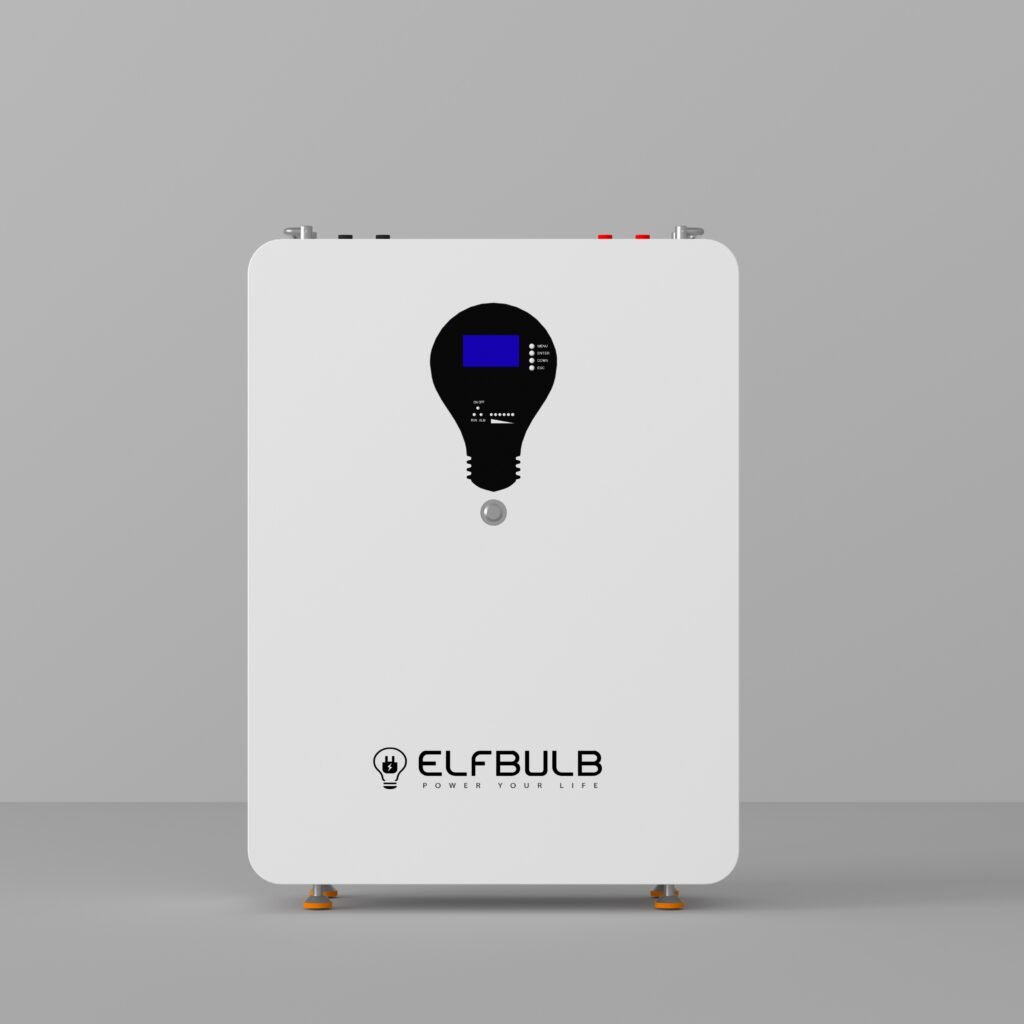Understanding Lithium-Ion Batteries
Lithium-ion batteries power our smartphones, laptops, and electric vehicles. These rechargeable marvels rely on lithium ions shuttling between electrodes—the cathode and anode—via an electrolyte solution. When charging, electrons accumulate at the anode, providing the energy we need. Discharging reverses the process.
The Lifespan Challenge
Despite scientific advancements, lithium-ion batteries have a finite lifespan. The cycle of charging, discharging, and recharging can only repeat a certain number of times. Thin layers of insulating atoms form on the electrodes over time, affecting efficiency and capacity.



Charging Best Practices
- Shallow Discharges: Forget the old advice of fully charging and discharging a new device. Modern batteries don’t need this ritual. Shallow discharges and recharges are kinder to the battery.
- Avoid 100% Charging: While you’re charging your device, avoid pushing the battery all the way to 100%. Why? Because excessive charging generates heat, which can degrade the battery. It’s like overwatering a plant—too much isn’t beneficial.
- Optimal Range: Lithium batteries prefer to stay between 20% and 80% charge for optimal performance and longevity. Frequent top-ups are better than deep cycles.
Practical Tips
- Heat Management: If your device heats up during charging, consider slowing down. Heat is the enemy of battery health.
- Quality Chargers: Use reputable chargers designed for your device. Cheap knockoffs can harm your battery.
Myth Busted
Leaving your phone plugged in overnight won’t overcharge the battery. Modern devices have built-in mechanisms to prevent overcharging.
In summary, charging your lithium-ion battery to 100% isn’t necessary. Aim for the sweet spot between 20% and 80%, and your battery will thank you with extended life cycles! 🚀🔋



